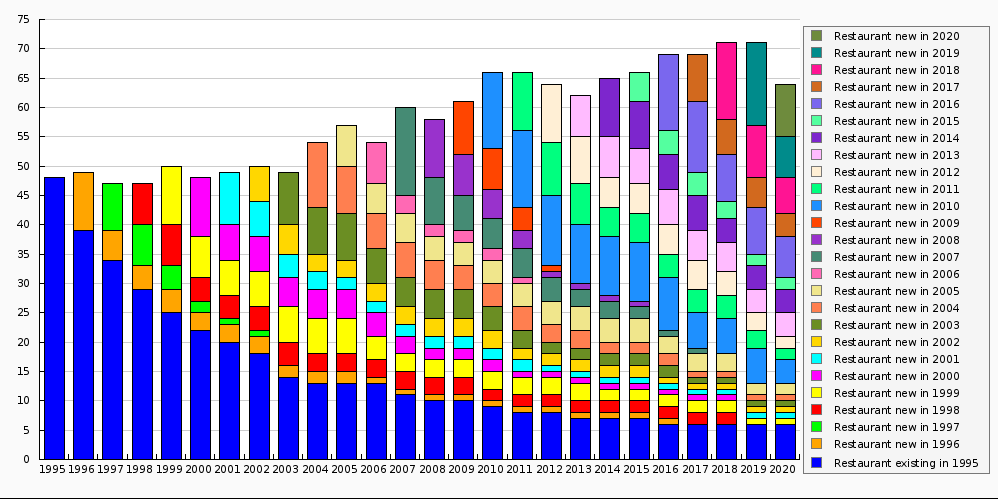A little window on the pandemic
Welcome to Plugging the Gap (my email newsletter about Covid-19 and its economics). In case you don’t know me, I’m an economist and professor at the University of Toronto. I have written lots of books including, most recently, on Covid-19. You can follow me on Twitter (@joshgans) or subscribe to this email newsletter here.
We know Covid-19 has massive economic impacts. Here in Canada, like many other places, mobility is way down. People are not getting around as much as they used to. For instance, a new survey of Canadian mobility using data collected from a specialised app on smartphones has documented the decline. Here is a taste.
Even where people started to move around again, this data shows that they continued to avoid contact with other people. For some industries, that is a big problem.
Martin Osborne is a professor of economics at the University of Toronto. He is a theorist which makes his now 25-year-old data gathering exercise more surprising. Since 1995, every September, Martin has walked the length of Bloor Street that abuts the University and has noted the type of every business along a many block spread. This is the sort of dataset that just doesn’t exist and you can explore it here. I have known about it for 9 years now but when I thought about 2020, I wondered what it would show.
The results are in and you can see some patterns. First, vacancies are up.
Actually, they are way up. 50% more than 2019. Martin had some issues in coding these because it was hard to tell a store that might dormant from one that was empty.
Bloor Street has many restaurants. What has happened there?
The colour coding is clear although the palette is built with 1995 technology. There has always been some persistence — the older you are the more likely you are to survive from year to year. But you can also see that a restaurant that opened in 2019 was about half as likely to be around in 2020. In previous years the survival rate of new restaurants was better. But overall, after some years of growth, that growth has been erased.
None of this is surprising. Economists who are better than I might be able to explore the dataset and find much more of interest. It is a very rare survey for many reasons and I have long admired Martin’s persistence in capturing it.
I drive that section of Bloor Street almost every day as my daughter will not be using public transport during the pandemic. It is a troubling drive. But the data also shows that it has had its ups and downs. While it is not clear the same businesses will return, it is clear that the vacancies will be filled by someone. 25 years reminds us that things can go on.




